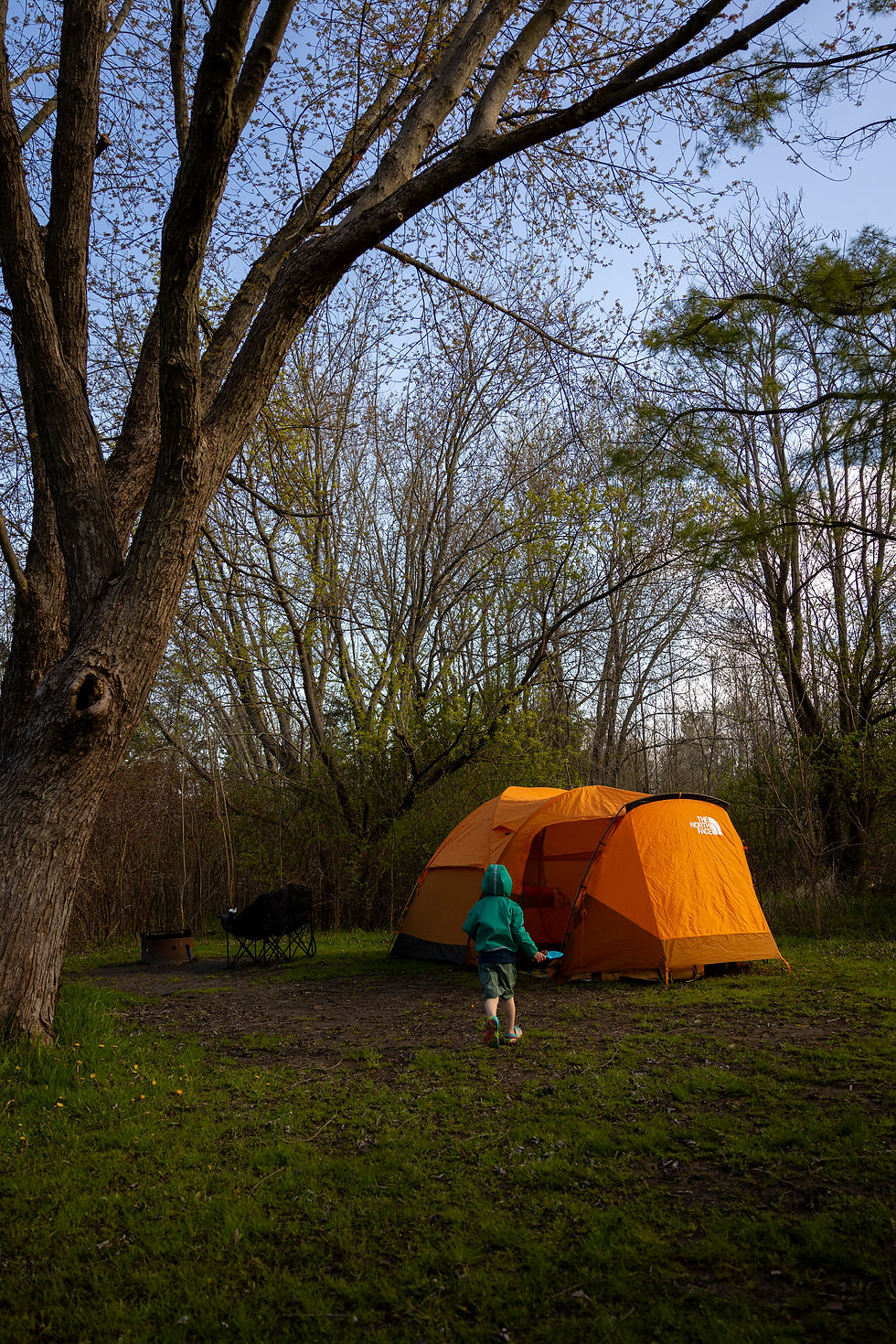Time to lace up!
- withloveduquettes

- Jan 17, 2022
- 3 min read
I love the outdoors. Feet on the trails, fresh air in my lungs, swinging Pine trees on my left and right and the crunching earth beneath me!
I have been hiking for years, it truly saved my life (more on that at a later date) today I am here to talk to you about.. BOOTS! One of the most common question hikers receive is what boot they wear. I have worn many different brands over the years and believe each set of feet is unique and therefore you need to conduct your own research prior to choosing a boot vs just buying what your favourite outdoor influencer wears.
If you start asking around you will be overwhelmed with recommendations from Keen, Merrell, Lowa, Oboz, Soloman, Timberland, Helly Hansen, the list goes on and on and on and on. Everything from trail runners, mid length boots, to a full 9” boot they each have their unique purpose. Typically once someone finds a brand they like they are loyal to that brand until their last hike; I have hiked in Merrell’s, Lowa’s and Oboz’s – currently hiking in my mid length insulated Oboz Sphinx boots and LOVE them!

Each boot style has their own unique purpose. Consider each of these points below to help you choose the perfect boot for you!
Low/trail runners: lighter weight, more breathable, more flexible, dry quicker, break in faster
Mid Length: ankle support, sturdy, warm, will last longer and provide more stability
Full length: stiff soles, maximum foot and ankle support, heavy, support for heavy loads
Each boot has their own benefit.
For example, if you primarily canoe and portage, do light-no weight short day hikes on occasion, are fairly sturdy on your feet and not prone to stumbling a low boot or trail runner sounds like the perfect fit for you!
If you go on a variety of adventures such as multiday backpacking, weighted day hiking, you hike over heavily rocked/rooted trails, are prone to stumbling and hike in the elements a mid-length boot is potentially the better fit for you due to the additional ankle support which will help you carry more weight and traverse rough terrain.
A heavy/full length or mountaineering boot is likely only necessary if you have had an ankle injury and really need the additional ankle support, or you are carrying extremely heavy loads for long periods of time. This style of boot is also better equipped to wear crampons or ice spikes and traverse through snow and ice.
Fitting recommendations:
Always attempt to try boots on in store, however I know this isn’t always possible so be sure to follow these tips to assure you have the best fit! You can always return a boot if it doesn’t fit you properly
Assure you try your boot on with socks you would typically wear on a hike, this way you aren’t greeted with blisters, tightness and discomfort.
Try to try shoes on in the afternoon when your feet are larger, be sure to leave room in the toe to account for foot swelling which naturally occurs on the trail.
If you wear custom orthotics be sure to bring these with you to try on your boots.
As you try on your footwear walk around, bend your feet and be aware of any movement within the boot. If your foot slides forward or the heel is noticeably lifting tighten the laces. If that doesn’t fix the problem try another boot style or size.
Break your boots in before completing any large hikes! This should take about 2-3 hours a day for a week – walk around your block, wear your boots to the grocery store or errands or even around the house. Try a light impact hike to break them in and never bring new boots on a backpacking trip… you will get blisters -_-
Finally listen to your feet! You know your body best, don’t be persuaded to buy a pair of boots that feels uncomfortable simply because of the brand or everyone saying “they are the best boot” trust me.. after personally spending $350 on a pair of boots I absolutely hated because they were rated the best.. it is just not worth it!
Happy trails!





Comments